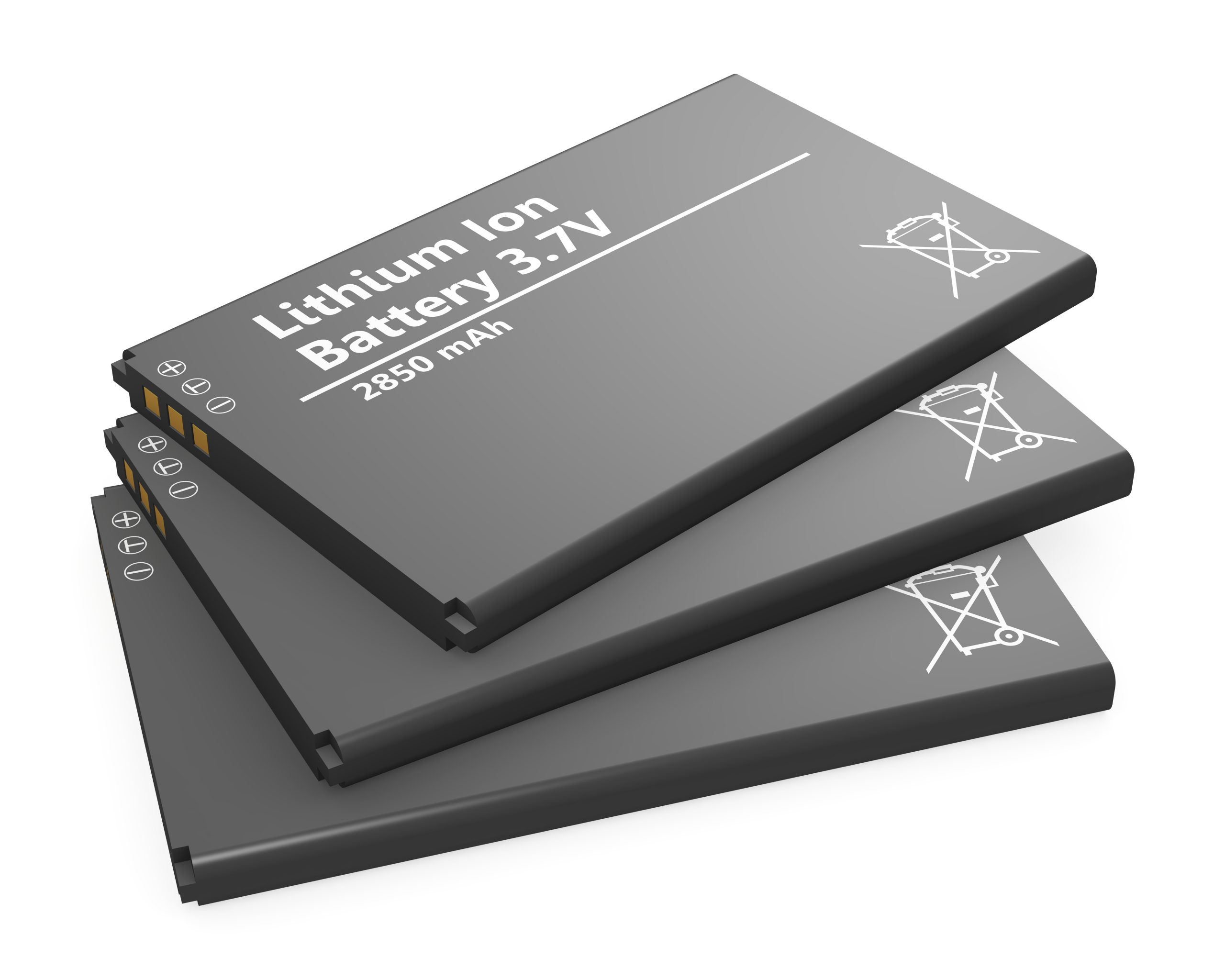



April 11, 2017



Lithium-ion batteries are increasingly powering our world in automotive, consumer electronic, and industrial energy storage applications. The recent li-ion battery boom is being primarily driven by automotive applications in consumer vehicles (e.g. Tesla, Nissan, GM) and large format applications such as electric buses (e.g. BYD). The automotive industry alone is expected to overtake lithium-ion battery demand for consumer electronic applications by 2020.
Given lithium batteries’ rise to prominence over the past two decades, our team tends to receive a lot of questions about the lithium battery industry in general. This article should help answer some of these common questions.
What are lithium-ion batteries?
Lithium-ion (li-ion) batteries are a type of rechargeable battery in which lithium ions drive the electrochemical reactions. Lithium ions move from the negative electrode (anode) to the positive electrode (cathode) during discharge and back when charging.
Why lithium – why not another element?
Lithium is the lightest of all metals, has the greatest electrochemical potential and provides the largest energy density for weight.
What are lithium-ion batteries used for?
Li-ion batteries are increasingly powering our world in automotive, consumer electronic, and industrial energy storage applications. The recent li-ion battery boom is being primarily driven by automotive applications in consumer vehicles (e.g. Tesla) and large format applications such as buses. The automotive industry alone is expected to overtake lithium-ion battery demand for consumer electronic applications by 2020, per Roskill.
How large is the market for lithium-ion batteries?
The global lithium-ion battery market is projected to grow to US$ 210 billion by 2030 at a rapid rate of 17% per year, per Exane BNP Paribas.
What is a lithium-ion cell?
Lithium-ion battery cells consist of four key components:
How are lithium-ion batteries structured?
Lithium-ion batteries can be found in large format (e.g. automotive, energy storage systems) and small format (e.g. consumer electronic) applications. Modularized li-ion battery packs are typically structured as follows:
What raw materials are used to make lithium-ion batteries?
A breakdown of the raw materials in a spent li-ion battery pack is provided below (kg material/kg li-ion battery pack). This is based on a weighted average of mixed format and mixed cathode chemistry li-ion battery packs:
